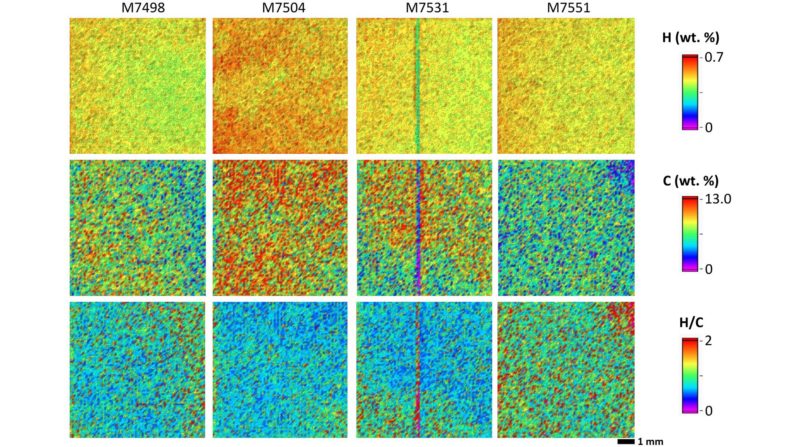New technique to examine shale formations developed at NETL

Laser-induced breakdown spectroscopy (LIBS) technology can provide a cost-effective, quick, and precise way to determine the elemental composition of shales, a new study by the national Energy Technology laboratory (NETL) found.
LIBS is an analytical technique that can be used to detect concentrations of all known elements with minimal sample preparation. It creats a high-intensity pulse of light that is focused on a sample that produces a spark of light in all directions, made up of atomic emissions from the different elements found in the sample. This light that is emanated is then analyzed by a spectrometer for elemental composition.
Knowing the elements in shale formations can help determine mineral composition and the porousness of the rock. This can reveal how easily a fluid could travel through the formation — which is critical information for natural gas producers when drilling. It can also find concentrations of carbon and hydrogen, pinpointing areas of higher organic material concentration that may indicate high gas production potential.
In the study, NETL researchers used a LIBS system in a variety of samples from the Marcellus Shale Energy and Environment Laboratory (MSEEL) in Morgantown, W.V. This information was then used to construct 2D maps illustrating which elements were present in the shale samples.
The study shows that LIBS can be used to determine elemental composition variations in shales in a laboratory setting. However, it can also be done without ever removing a sample from the subsurface environment. A LIBS sensor could be used to achieve the same kinds of results in situ. This may have several advantages over the current techniques, such as X-ray fluorescence and scanning electron microscopy-energy dispersive spectroscopy. The LIBS system can provide the same accurate results for all required elements including carbon and hydrogen without the increased cost and added time to prepare the sample.
This could lead to faster shale gas production, which could help the U.S. economy.
